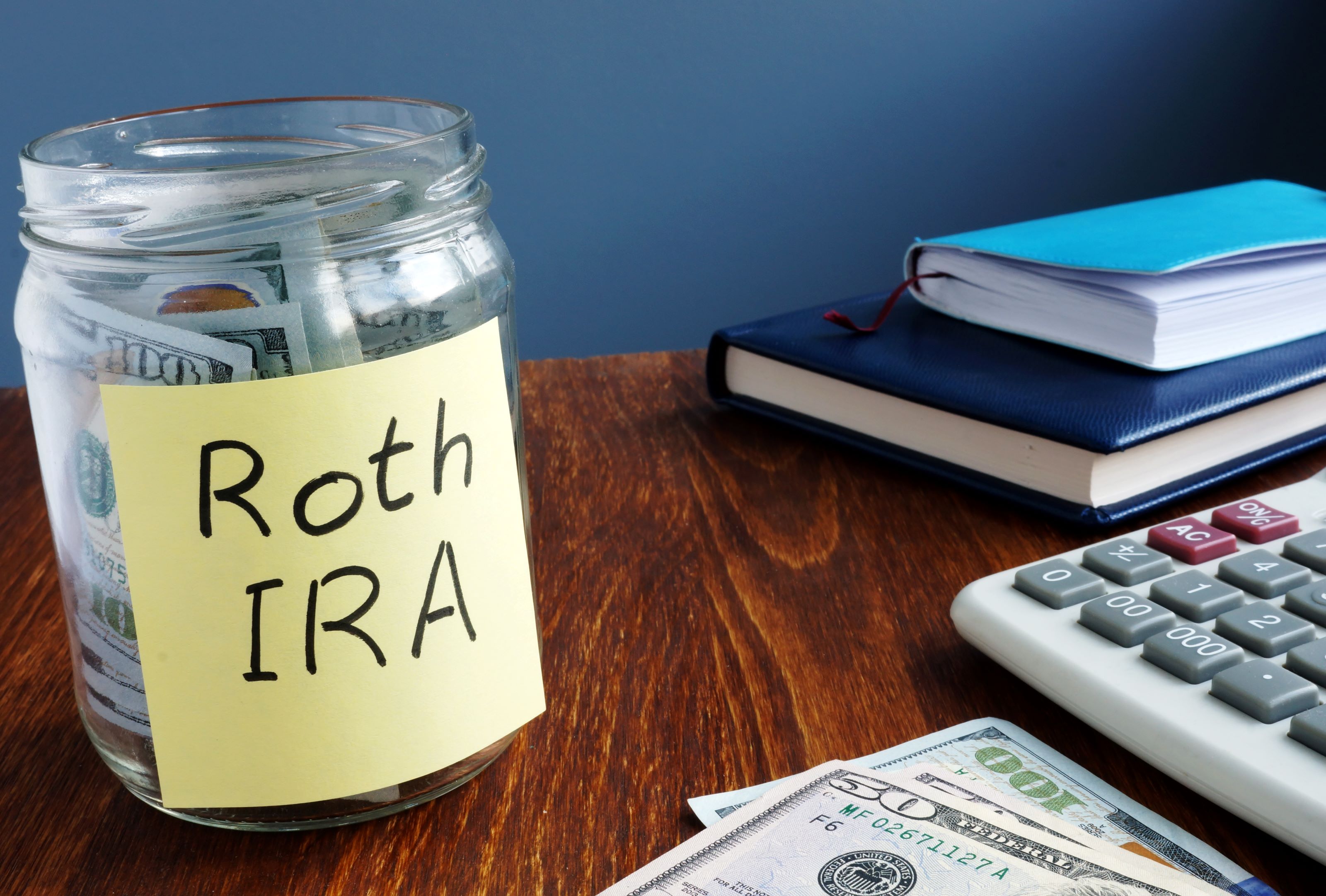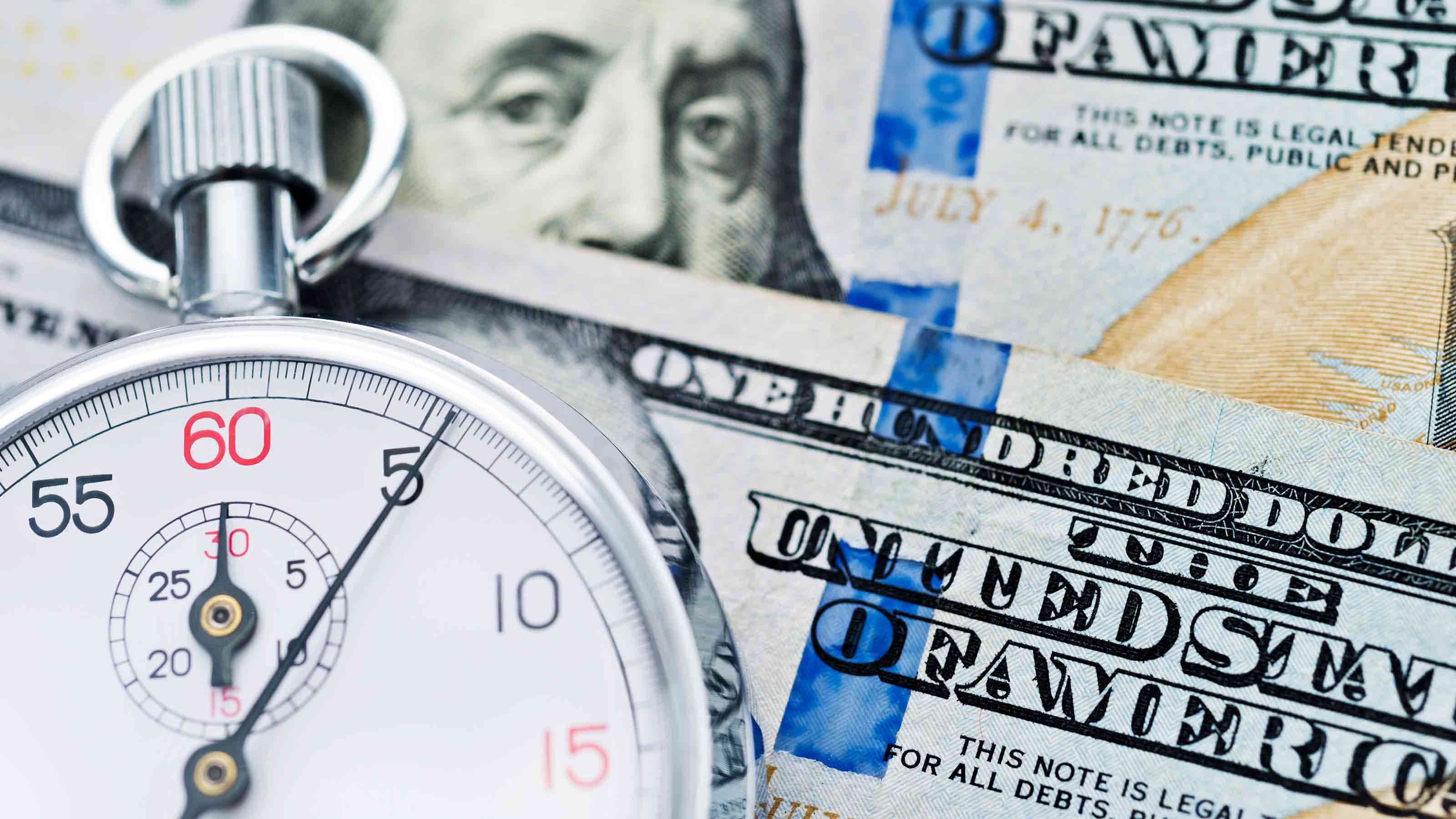
Getting the right tax advice and tips is vital in the complex tax world we live in. The Kiplinger Tax Letter helps you stay right on the money with the latest news and forecasts, with insight from our highly experienced team (Get a free issue of The Kiplinger Tax Letter or subscribe). You can only get the full array of advice by subscribing to the Tax Letter, but we will regularly feature snippets from it online, and here is one of those samples…
Roth IRAs are growing in popularity as more people are using them to help save for retirement. There are obvious positives to using Roth IRAs: Although you can’t deduct contributions to a Roth IRA, the money inside the account grows tax-free. And there are no required minimum distributions for owners of Roth IRAs.
Distributions of earnings after age 59½ are generally not taxable. You can also withdraw your contributions at any time on a tax-free basis and without having to pay a penalty. Similar to traditional IRAs, distributions of earnings from a Roth IRA before age 59½ are hit with a 10% additional tax or penalty.
But if you’re using a Roth IRA, you should know the five-year rules that apply to them. Failing to comply with the Roth IRA five-year rules can result in a surprise federal tax bill. These rules can be complicated, but we break them both down for you with examples.
1. The five-year Roth IRA rule on taxes on withdrawals
The first rule applies to Roth IRA contributions and whether distributed earnings are tax-free to you.
Distributions of earnings after age 59½ aren’t taxed if at least five tax years have passed since the owner first contributed to a Roth IRA. The five-year clock for this purpose starts the first time money is deposited into any Roth IRA that you own, through either a contribution or a conversion from a traditional IRA (commonly known as a Roth conversion). The clock doesn’t restart for later Roth contributions or for newly opened Roth IRA accounts.
Here are four examples that illustrate the effect of this first five-year rule:
- Scenario 1: You are age 60 and you funded your first Roth IRA three years ago. In 2025, you take a distribution. You will be taxed on the earnings amount of the distribution because it’s been less than five years since you first contributed to the Roth IRA.
- Scenario 2: You’ve owned a Roth IRA since 2006. In 2022, you opened and funded a second Roth IRA. Because you funded your first Roth in 2006, you needn’t wait five years to take money from your second Roth for the earnings to be tax-free, provided you are at least age 59½ at the time of the distribution.
- Scenario 3: You did a partial Roth IRA conversion in 2016. You did a second partial Roth IRA conversion in 2022, when you were age 67. In 2025, you take a distribution from your Roth IRA. You will not be taxed on the distributed earnings because it's been more than five years since you first deposited money into any IRA (through the first conversion).
- Scenario 4: You did a Roth IRA conversion in 2012. In 2023, you opened and funded a second Roth IRA. Because you first deposited money into a Roth in 2012, you needn't wait five years to take money from your second Roth for the earnings to be tax-free, provided you are at least age 59½.
2. The five-year Roth IRA rule on the 10% early withdrawal penalty

The second rule applies specifically to Roth IRA conversions and whether the 10% early distribution penalty hits pre-age-59½ distributions.
This five-year rule doesn’t apply to new contributions to Roth IRAs but to conversions of pre-tax income from traditional IRAs to Roths. Under this rule, if someone under age 59½ does a Roth conversion, and later takes a distribution within five years of the conversion and before turning age 59½, then the amount of conversion principal that is withdrawn is hit with the 10% early distribution penalty.
Once you turn 59½, you needn’t worry about this five-year rule, even if you take a payout before your conversion meets the five-year period. For example, there’s no 10% penalty if you do a Roth IRA conversion at age 57 and withdraw funds four years later at age 61. (However, based on the circumstances, the first five-year rule may apply to tax the post-conversion earnings).
This second five-year rule is essentially an anti-abuse rule to prevent people from circumventing the IRA early withdrawal penalty by first doing a Roth conversion and soon thereafter taking the money out of the Roth IRA. That's because the 10% early withdrawal penalty doesn't hit Roth IRA conversions.
Under this rule, each conversion has its own separate five-year period, which differs significantly from the first five-year rule discussed. For instance, if you do multiple Roth IRA conversions, there will be multiple five-year time periods, even if each conversion is done into the same Roth IRA account you owned for years.
Let’s illustrate this second five-year rule with two examples:
- Scenario 1: You are 52 and convert your traditional IRA into a Roth IRA that you have had for ten years. You will be taxed on the converted amount. Four years later, you liquidate the Roth. Your post-conversion earnings will be subject to ordinary income tax rates and the 10% penalty because you are not age 59½ at the time of the distribution. Additionally, your converted principal will also be hit with the 10% penalty.
- Scenario 2: You are 58 and convert a traditional IRA that you own into a Roth IRA that you have had for 16 years. You will be taxed on the converted amount at that time. Three years later, at age 61, you take a large distribution from your Roth. Your post-conversion earnings won't be subject to ordinary income tax because you first made a deposit into a Roth IRA more than five years ago. Your converted principal won't be hit with the 10% early withdrawal penalty because you are at least age 59½ when you take your Roth distribution.
Five-year Roth IRA rules FAQs
Do either of the five-year rules apply to Roth conversions after age 59 1/2?
The first five-year rule could apply if this is your first time putting money in any Roth IRA (either through contribution or conversion), and you take a withdrawal within five years after the conversion date.
How does the first five-year Roth IRA rule apply to contributions?
The five-year clock starts after your first contribution to any Roth IRA. Adding more contributions does not restart the clock.
Does the five-year Roth IRA rule apply to an inherited IRA?
Yes, the rule can apply to inherited Roth IRA, depending on the circumstances. Generally, you must wait five years from he beginning of the tax year when the original account owner made his or her initial contribution to a Roth IRA.
What happens if you are 59 ½ or older and withdraw earnings too soon?
If the first five-year Roth IRA rule applies, and you withdraw your distribution before the end of the five-year period, then you will be taxed on the earnings portion of the distribution. If the second five-year Roth IRA rule applies, and you withdraw your distribution before the end of the five-year period, then you will be subject to a 10% early withdrawal penalty on the amount of post-conversion principal that is withdrawn.
If you take a Roth IRA distribution before you turn 59 ½, then you will be subject to regular income tax and a 10% early withdrawal penalty on the earnings portion of the distribution.
If I do a Roth IRA conversion when I am 60 and take a distribution at 62, do either of the five-year rules apply to me?
Depending on the circumstances, the first five-year rule could potentially be implicated. That’s because only two years would have passed from the date of the Roth IRA conversion to the date of the distribution.
If you had never owned a Roth IRA prior to the Roth conversion at age 60 (and haven’t done a previous IRA conversion), then the earnings portion of the distribution taken at age 62 would be subject to federal income tax.
This first appeared in The Kiplinger Tax Letter. It helps you navigate the complex world of tax by keeping you up-to-date on new and pending changes in tax laws, providing tips to lower your business and personal taxes, and forecasting what the White House and Congress might do with taxes. Get a free issue of The Kiplinger Tax Letter or subscribe.







